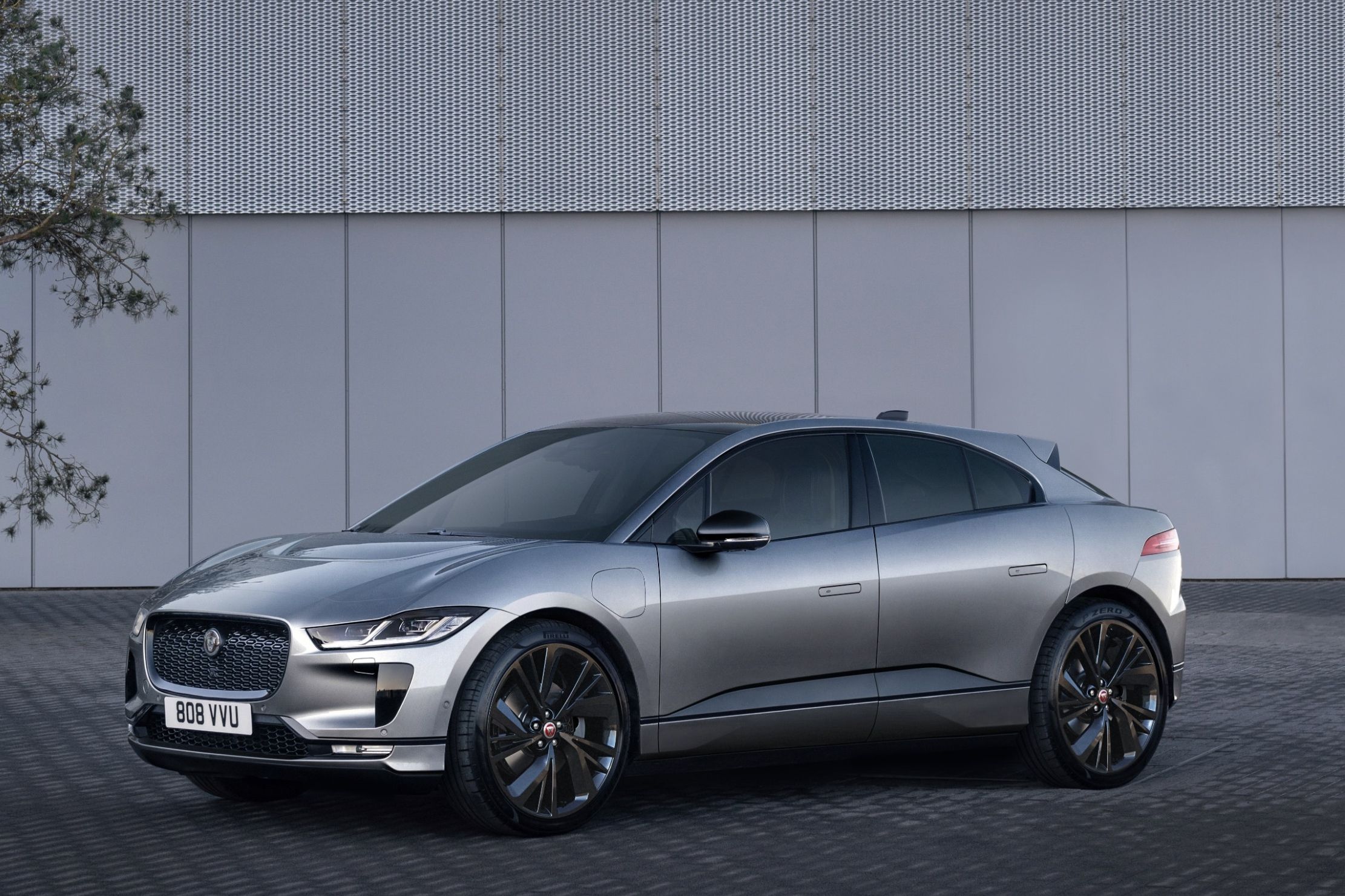
The moose test originated in Sweden as a way to evaluate a vehicle's reaction to having to evade an obstacle suddenly appearing in front of it, be it another car, a person, or a moose. It wasn't called the Moose Test until a German newspaper coined the term when the test showed the, then new, Mercedes-Benz A-Class could flip under sudden and intense emergency maneuvers. Over the years, the moose test has seen cars perform better and better as electronic assists kick in and help the driver keep control as the car swerves out of its lane and back in again at varying speeds.
However, recent footage of Jaguar's all-electric I-Pace shot by the Spanish automotive website km77 shows the vehicle behaving badly in the test. As you can see in the video, the low center of gravity afforded by the EV's design keeps the chassis flat as it makes it evasive maneuver, but the outside wheel locks up as the car is turned back in after avoiding the 'moose'. On a two-lane road, that would see the I-Pace either hitting a curb or finding a lack of grip as the pavement ends. Thankfully here, the only damage sustained is some cone rash on the front bumper by what could be calamitous understeer in real-world conditions.
What appears to cause the problem here is the electronic stability control kicking in too hard, too early, or both. The rest of the car appears perfectly poised and balanced as it plows into the cones, and then does exactly the same thing on the opposite side once the driver wrestles the I-Pace back into the original lane.
We've seen plenty of bad moose tests over the years but rarely is it down to an over-enthusiastic ESC locking up a brake. The way the Jaguar I-Pace handles the slalom test with composure suggests its overall chassis performance is excellent. However, the ESC programming is an issue that Jaguar needs to address promptly.
